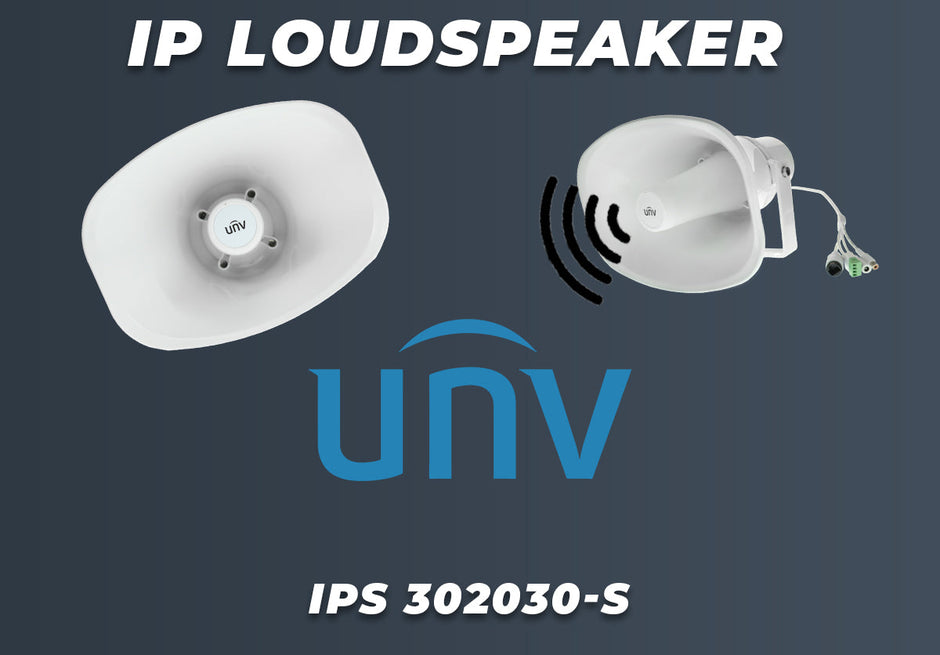You’ve been.. thunderstruck! Just kidding, it’s only electricity. AC and DC stand for alternating current and direct current. But fun fact, the band was actually named after the abbreviation due to their “electric stage presence.” Look it up! Now I’m done with AC/DC references and we’re on the highway to.. learning more about the differences between these two types of power and their uses!
Alternating Current
An alternating current is one that periodically changes directions. This change of direction also causes the voltage to reverse in this type of circuit. AC is the type of power that’s used to power homes, restaurants, offices. Pretty much any building is going to use AC. Buildings are typically wired this way because AC currents are easier to generate and it’s easier for the current to travel across long distances.

Direct Current
Instead of moving back and forth, a direct current is constant and only moves in one direction. The voltage or current is consistent and does not change. Pretty much anything that has a battery is using DC power. Cellphones, laptops, TVs, all of these things are DC. You might be thinking “Hey wait a second.” If buildings use AC, but we charge all our devices with wall outlets that use an alternating current, how does that work? Surprise! Most of your chargers have small converters already in them to change the type of current going into your device. A direct current is used in these devices because it’s more consistent in voltage delivery.

What Does This Have To Do With Security Cameras?
Depending on what you’re using your cameras for and where they’re going to be placed, the type of power your camera needs is going to vary. You’ll be able to check on the type of power your camera uses under the specs. The advantage of AC over DC is that you’re going to be able to have longer cable runs without a power drop. Your video quality won’t be affected by the length of your cables, and the thicker cables you use, the less likely you are to have a power drop. If you’re doing an install and your powersource is less than 200 feet from your camera, a DC powered camera is a perfectly good option. Upwards of 200 feet, you’re going to want to consider a dual voltage camera that has AC as an option. If you’re doing a longer run and want to use a camera that uses DC power, we recommend just running PoE to the cameras. PoE is generally a direct current, but at higher voltages.
These are just some basics on the two different types of power. For more information about specific cameras, or quotes for a specific project, one of our techs here at Nelly’s would be happy to help you figure out everything you need to get set up!







